America Is No Longer Attracting The Top Minds In Physics
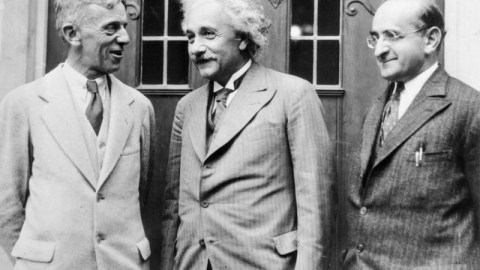
International enrollment and applications to American grad schools are plummeting. This is the opposite of what makes America great.
Throughout the 20th century and into the 21st, America emerged at the pre-eminent place to be for physics research in the world. Of the 209 people to ever win the Nobel Prize in Physics, a whopping 93 of them claimed United States citizenship: triple that of Germany, the next-closest country. This was reflected not only at the highest levels of prestige and accomplishment in research, but also in education.
The United States of America became the most desired place in the world to study physics at the highest levels. From fewer than 20 PhDs a year in 1900 to around 500 per year in the 1950s, we now award nearly 2,000 PhDs in physics every year. Moreover, since the 1990s, international students, representing some of the best and brightest talent the world has to offer, represent almost half of those degrees.
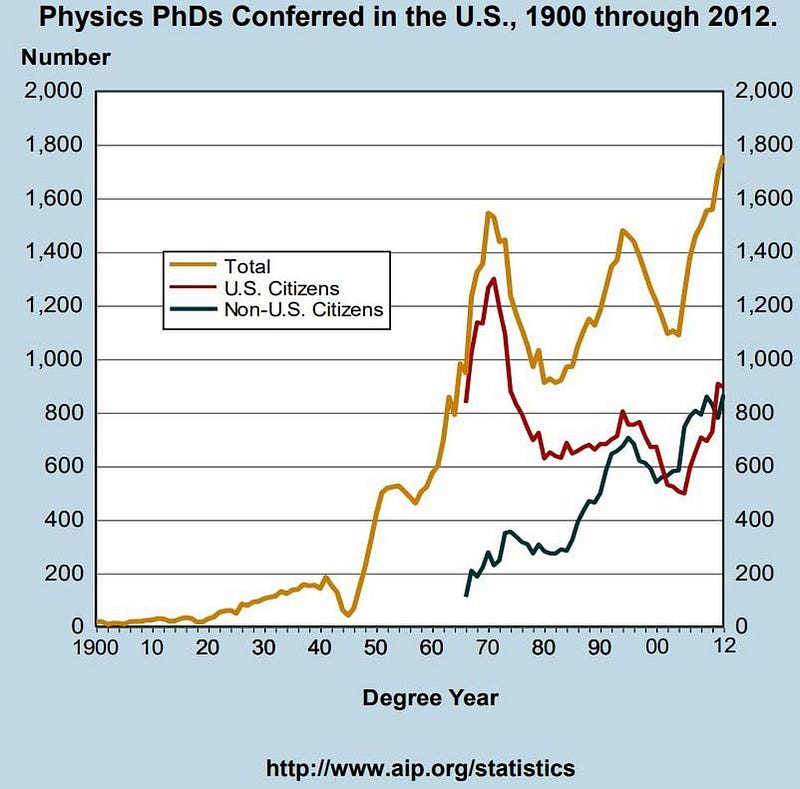
Yet, according to the American Physical Society, the past year has seen an alarming, unprecedented drop in the number of international applications to physics PhD programs in the United States. In an extremely large survey of 49 of the largest physics departments in the country, representing 41% of all enrolled physics graduate students in the United States, an overall decrease of almost 12% in the number of international applicants was observed from 2017 to 2018.
This was a tremendous surprise, as no such study was even planned. The impetus for this study was prompted by a small number of American Physical Society members contacting the Office of Government Affairs to report a substantial decrease in the number of applications from international students. Upon completion of this survey, it was found that although some departments noted no decrease at all, many of the most prestigious institutions saw a drop of up to 40% in international applications.
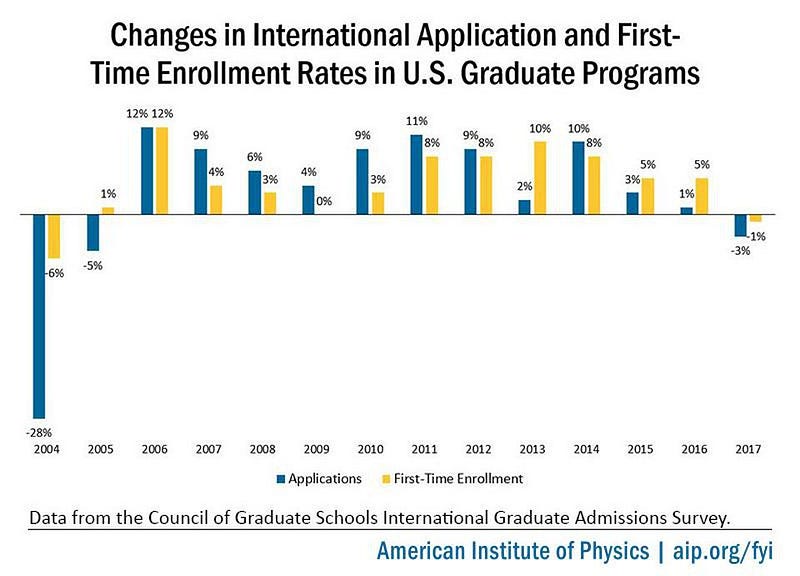
The drop is something that hasn’t been seen since 2004: the first year that the Council of Graduate Schools first began collecting data on international application and first-time enrollment rates in United States graduate programs. According to the American Institute of Physics, which compiled all available data from the International Graduate Admissions Survey administered by the Council of Graduate schools, international applications and first-time enrollment rates rose every year from 2006 through 2016, inclusive, with a tiny decline (~1%) from 2016 to 2017.
Cumulatively, that has translated into an 87% increase in international applications from 2005 until last year. Which is why the unprecedented, across-the-board drop of 12% is so troubling.
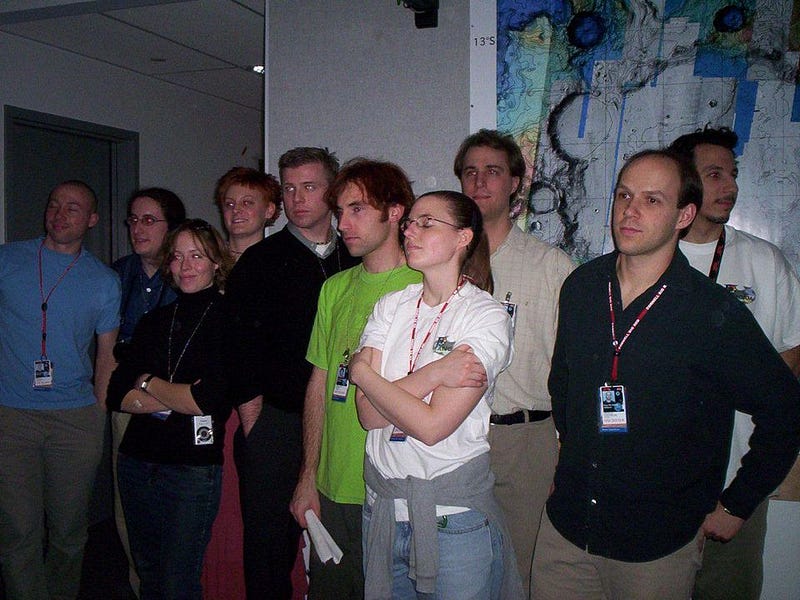
It is well understood that the best places in the world to learn and research physics and astronomy are the places that ought to attract the best students. But the converse is also true: the places that attract the top students from around the world also rise up to become the best places for education and research as well. As the president of the American Physical Society, Roger Falcone, recently said:
“Physics students want to come to the United States from all over the world because they know their educational and career opportunities here will be extraordinary. Our country’s research, technology, and economy have been enormously strengthened by a positive attitude towards such immigration of students. We should continue to be a welcoming place, and to embrace open and global mobility for people.”
Yet given the sudden severe drop, it is clear that the United States is at risk at no longer attracting the best and brightest minds in physics.

The reasons for this decline are not yet determined, of course. But most applications to graduate school are put together in the late fall of the prior year, meaning that the 2017 figures are from students who applied in late 2016 and the 2018 figures reflecting students who applied in late 2017. While there is some anecdotal speculation that Chinese students are choosing to remain in their home country for graduate school as their physics programs have strengthened — the average decline in Chinese student applications was 16.4% — that figure fails to account for even a majority of the decline.
The elephant in the room, of course, is the tremendous shift in United States politics and, specifically, the country’s attitude towards foreigners and non-citizens since early 2017.
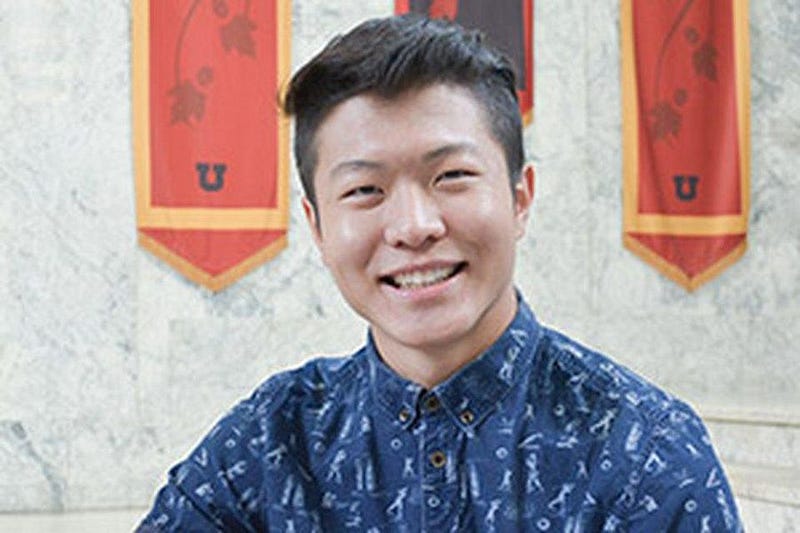
This policy shift has affected far more than just physics and astronomy, of course. “The current administration’s ‘America First’ mantra is causing [international students] a great deal of anxiety and fear,” said Earl Johnson of the University of Tulsa. Across the board, international enrollment is down across colleges and graduate schools in the United States, as the number of F-1 visas precipitously dropped by 17% last year. From 2016 to 2017, the United States saw a decrease of nearly 80,000 F-1 visas in a single year, with the largest drop coming from China and India. The government’s tougher stance on issuing H-1B work visas, making it more difficult for international students to remain in the United States and find work, may play a role as well.
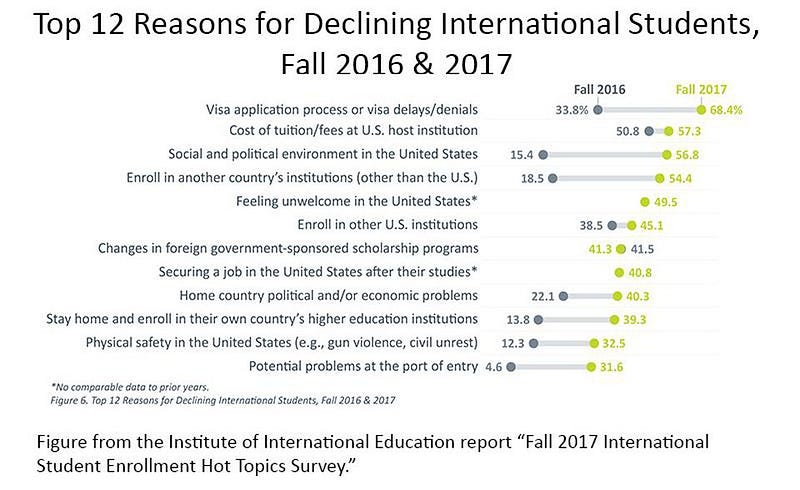
The US State Department’s new emphases likely also play a role, as the agency now demands that US consulates deny visas to applicants if the consulate is “not satisfied that the applicant’s present intent is to depart the United States at the conclusion of his or her study.” Furthermore, a 2017 study of over 2,000 prospective international students yielded the following troubling results:
- A full one-third of students considering applying to the US for school in 2017/8 stated that their interest in applying to college in the United States had decreased due to the political situation here.
- The top three reasons were concerns about the US presidential administration (69%), worry about travel restrictions on international students (55%), and concerns over personal safety (53%).
- A whopping 48% of students surveyed expected that, once they arrived in the United States, they would expect to face prejudice and discrimination simply based on the fact of their country of origin.

Furthermore, students from countries that are affected by the current administration’s travel ban, such as Iran, Syria, Yemen, Libya, and Somalia have seen historic lows in the number of visas issued to them. As Francis Slakey, the Chief Government Affairs Officer at the American Physical Society, bluntly stated, “The US is at high risk of no longer attracting the best minds in physics.”
According to the Wall Street Journal, “immigration attorneys and school officials say Trump administration policies are making the U.S. a tougher destination for foreigners and point to stricter scrutiny of those who do apply.”
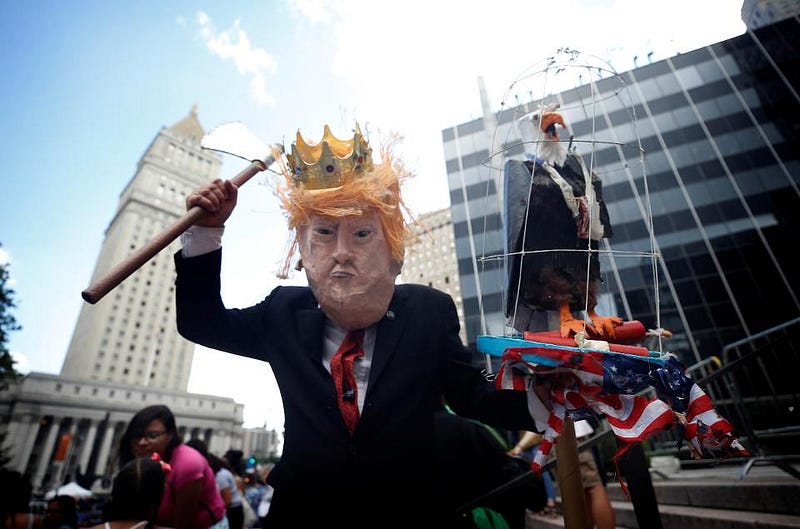
The history of science has seen this happen before. In the 1920s and 1930s, physics and mathematics in Germany was second-to-none. In April 7th, 1933, Germany passed a law making it illegal for those considered to be Jewish to hold any civil service jobs, including as physics or mathematics professors. By time the year ended, 18 mathematicians at the University of Göttingen had been forced out.
When the minister of education, Bernard Rust, asked the legendary mathematician David Hilbert how mathematics at Göttingen was, now that it was free from the Jewish influence, Hilbert soberly responded, “There is no mathematics in Göttingen anymore.”
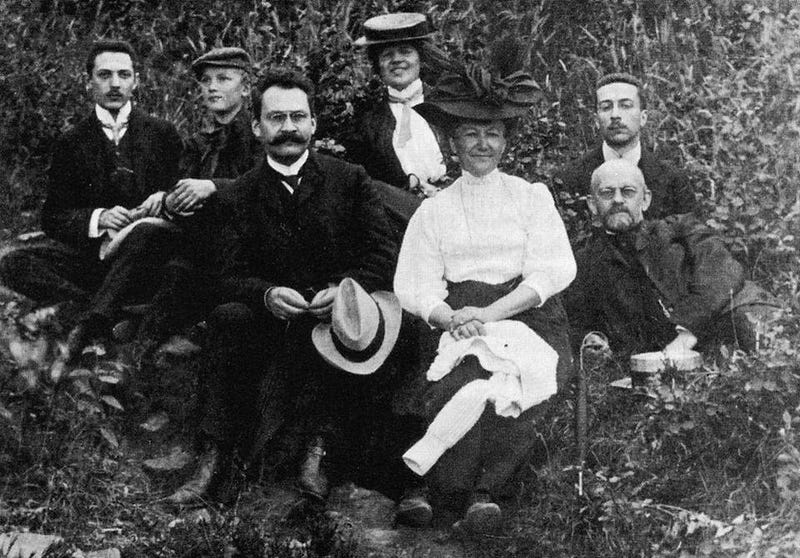
The physics and mathematics departments of the United States benefitted from that exodus tremendously, as institutes like Princeton, Columbia, Berkeley and Stanford rose to prominence quite quickly, while the German universities took generations to recover.
We find ourselves, today, at the very beginning of what could be the end of America’s greatness in the realm of scientific research and education. Science has always been touted as the great equalizer: the scientific truths underlying our Universe know no borders and do not discriminate based on race, gender, or religion. We still have time to reverse this trend, and to welcome the brightest minds the world has to offer into our country.
But if we fail to do so, that intellectual capital will thrive elsewhere, leaving America behind. If we do not change course, “America First” will be the downfall of scientific greatness in our country.
Ethan Siegel is the author of Beyond the Galaxy and Treknology. You can pre-order his third book, currently in development: the Encyclopaedia Cosmologica.





